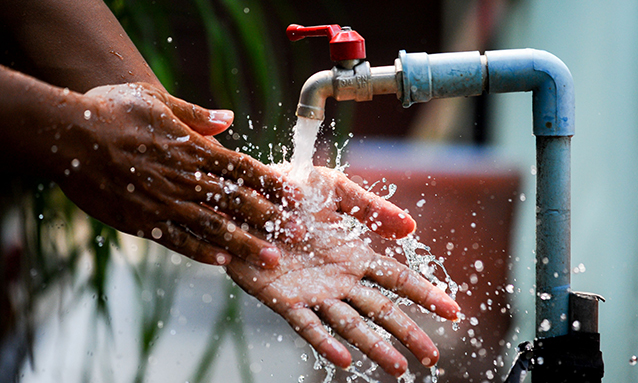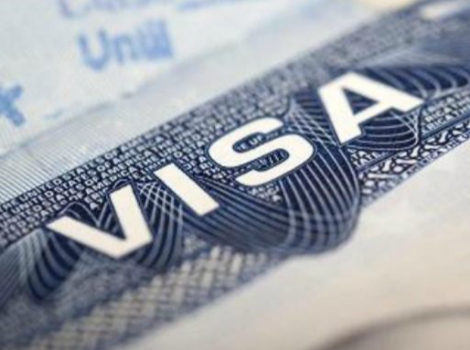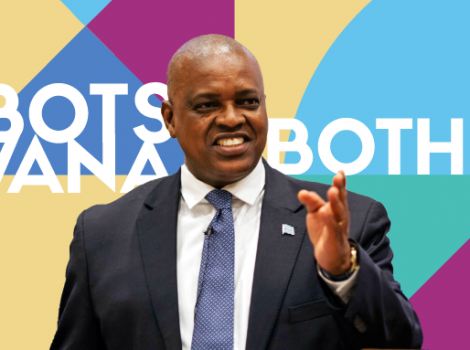
The Botswana Government has secured a US$145.5 million World Bank loan to comprehensively address water and sanitation sector problems.
This was revealed by President Dr Mokgweetsi Masisi at the UN water conference in New York on Wednesday. He said large sanitation infrastructure projects and services for four major villages would be completed during the course of the 2023/24 and 2024/25 financial years.
The President said Botswana prioritised the development of water resources and infrastructure as demonstrated by the government’s decision to increase the budget for water and sanitation projects. Dr Masisi said the water sector budget share was increased from an average of 16% to 32% before the 2020/21 financial year for the past two years.
As a result, Botswana was one of three SADC member states which were funding 100% of the requirements for water resources management and development.
“With regard to progress made towards the attainment of targets under SDG 6, overall, 98% of our population has access to potable water, while approximately 80% of Botswana’s population has access to at least basic sanitation services and another 10% has access to shared or unimproved sanitation facilities,” he said.
President Masisi said government had formulated the Botswana National Water Conservation and Demand Management Strategy to promote water efficiency and the exploration of alternative water sources. Such sources include greywater recycling, rainwater harvesting, storm-water collection, saline water and wastewater utilisation, he said.
Dr Masisi said efforts were ongoing to improve water usage efficiency techniques to be infused with the use of non-conventional water resources to alleviate water scarcity in Botswana.
Botswana committed to improving water resources infrastructure development to satisfy water demand beyond 2036, exploring different financing mechanisms through conventional sources and other financial models and making deliberate investments towards implementation of the smart water management approach and technologies.
Source: BOPA



